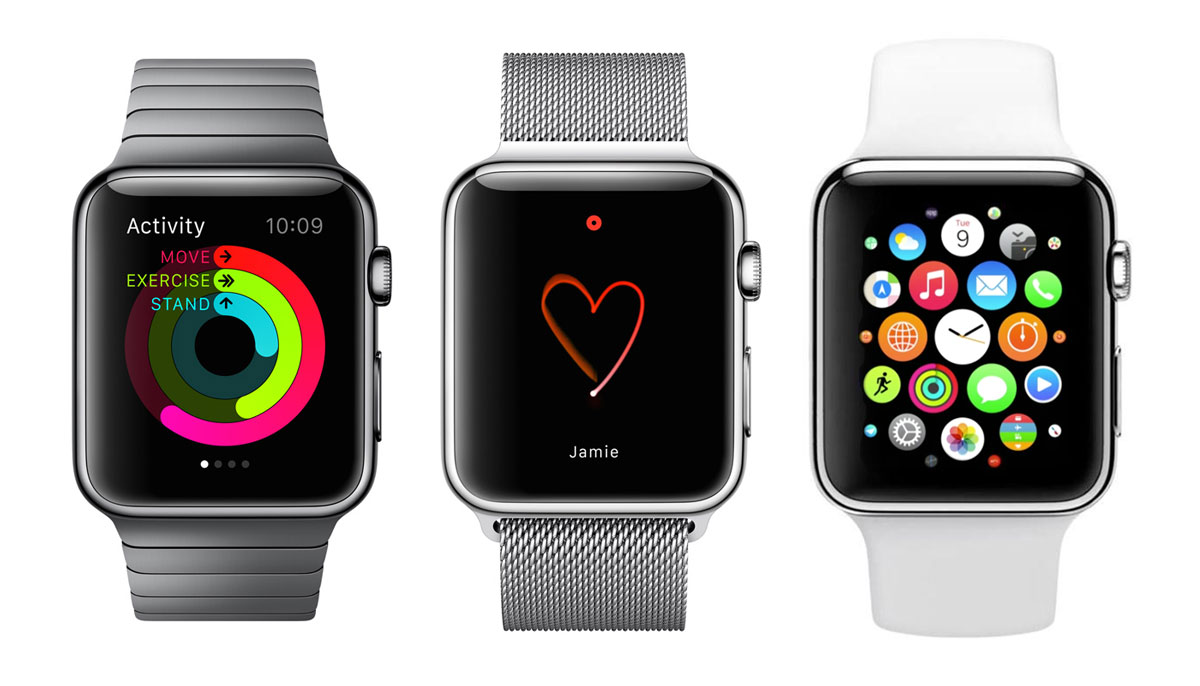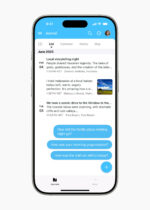
While the reviews of the Apple Watch are a bit mixed at this point, one thing is clear: Smartwatches are going mainstream. Apple has never failed to disrupt a market as they enter it—from the digital music player to the laptop to the smartphone—and nothing less should be expected for wearables.
No, the Apple Watch is not revolutionary or unique, as we’ve seen Pebble and Android Wear enter the market many months ago. However, with Apple’s reputation of delivering products that are truly revolutionary, smartwatch sales are expected to rise rapidly. This is because Apple is great at transforming formerly complex or seemingly fussy technology into the must-have item for the modern and chic. First came the iPod, then came the MacBook, then iPhone, and now it’s the smartwatch’s turn.
The challenge: An increasingly flooded market
There are certain changes that mobile developers and testers will have to adapt to with the influx of yet another device on the market. Because it’s in Apple’s best interest to make the least buggy, most reliable products possible (they’ve already promised to fix anything that breaks as part of the cost of the product), the number of errors that will be tolerated by the consumer will drop considerably. As more mainstream companies cater to more a more fickle audience, the products offered will have to improve rapidly to maintain sales. Continuous quality is no longer a distinguishing factor; it’s table stakes.
This need for higher-quality production will come simultaneously with a flood of new competitive hardware manufacturers and operating system designers entering the market. Just as when smartphones became a requirement for the modern businessperson instead of an accessory, we can expect to see a rise in the number of smartwatch screen sizes and software requirements, as well as more frequent firmware updates.
The solution: Test for continuous quality
How do the mobile developer and tester combat all these new challenges? By implementing a continuous quality approach to testing, or testing code rigorously and continuously throughout the full life cycle—not just right after a launch or update!
By testing the application in all scenarios (including devices, network connectivity and traffic, as well as any other variables that will affect its performance) and throughout the entire mobile app development life cycle, Dev/Test teams can know that they are holding up the level of quality they aspire to: The app works where you said it would work, and the brand you represent is being seen as you wish it to be seen.
This is most important in applications that ask for personal information, such as credit card numbers, date of birth or even just permission to use the GPS. However, even apps that serve to deliver information are subject to scrutiny: Seventy-one percent of the time, faulty apps are uninstalled after the first incident.
The excuses: Every touch point affects how your company is perceived
There are a diverse range of excuses for why testing wasn’t completed or wasn’t done right the first time, from budget requirements to unrealistic deadlines to a lack of respect for niche devices. However, my reply is always the same: If your users have a bad experience, they’ll assume your brand is bad at what it does. This rule applies equally well to all situations and all industries, from the dirty floors at an otherwise high-quality clothing store killing sales, to a buggy app reducing the integrity of a competent financial institution.
The moral of the story is that in order to make it in the mobile space, you must make quality a top priority throughout development, even if that means amending other requirements. If you’re going to do something, do it right.






